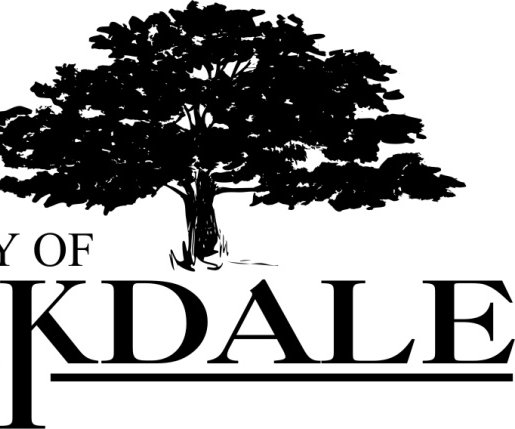Somewhere down the road Manteca and Ripon are going to become real close neighbors.
The general plans of both cities indicate that there is a good chance one day you might not be able to tell where Ripon ends and Manteca starts.
Underscoring that is an annexation last year that extended Manteca’s city limits into the Ripon Unified School District as part of the approval process for the envisioned 1,049-acre Austin Road Business Park.
The project includes 2,358 traditional single family homes and 1,840 multi-family dwelling units such as townhouses, apartments, and condos. Upwards of 10,200 people could end up living in the homes if they are built.
The impact on Ripon Unified schools will be significantly bigger than on Manteca Unified schools as most of the residential will be within the Ripon Unified district as well as the Manteca city limits. The number of students going to Ripon Unified could easily exceed the current enrollment of Ripon High.
It is against that backdrop that Manteca is preparing to “tweak” its general plan - the state mandated blueprint for growth - in the coming 18 months.
The two cities have been cordial in initial planning. As an example, years ago they agreed to pursue a greenbelt of sorts between the two cities to the west of the Union Pacific Railroad tracks so it wouldn’t look like the two cities were merging together to those traveling Highway 99.
A potentially contentious planning subject, though, is moving to the forefront. That’s the location of the next - and last - interchange between the 120 Bypass and Jack Tone Road on Highway 99.
Manteca is being allowed to alter ramps for the current Austin Road interchange to allow business park development to start in the Austin Road project. Caltrans, though, won’t allow any significant overpass changes due to the fact it is too close to the 120 Bypass interchange. Manteca municipal planners believe there needs to be six lanes crossing the freeway with an interchange to accommodate future growth in the Austin Road project.
They picked a location somewhat to the south of the existing interchange for a new Austin Road interchange.
Meanwhile Ripon has planned for development on their western and northern flanks with a future interchange at Olive Avenue. Not only would it connect with the freeway but also provide a parkway to connect with a future crossing of the Stanislaus River.
Caltrans, though, has decreed only one interchange will go between the existing Austin Road and Jack Tone Road interchanges.
The location of the interchange also could impact the proposed alignment of a major east-west road that many rural South Manteca residents are watching with a wary eye. That road essentially would connect with a proposed interchange at McKinley Avenue in the 120 Bypass and swing eastward to connect with the new interchange on Highway 99. Moving it farther south could take that east-west road into not just farmland but the 100-year flood zone as well. That can’t happen, though unless dry levees are built to protect the area.
Then there is the question of who will pay for the interchange and how much.
The Austin Road Business Park project is so big it has the potential to:
•Generate 10,200 residents or about a seventh of the existing population of Manteca.
•Convert 1,049 acres from farming and rural residential use to urban development.
•Create up to 13,000 jobs - or close to 50 percent of the existing jobs in the city.
•Add 3.5 million square feet of general commercial or about 26 times the square footage of the Manteca Costco store.
•Generate 8 million square feet of industrial/business park, and office use or space equal to 17 times the coverage area of the Ford Motor Parts distribution center on Spreckels Avenue.
It also includes 84 acres that are zoned for mixed commercial and retail uses which means it could involve condos above stores or large condo, apartment, or townhouse projects interwoven with commercial uses.
The residential alone represents the potential of creating $1.02 billion in today’s dollars.





